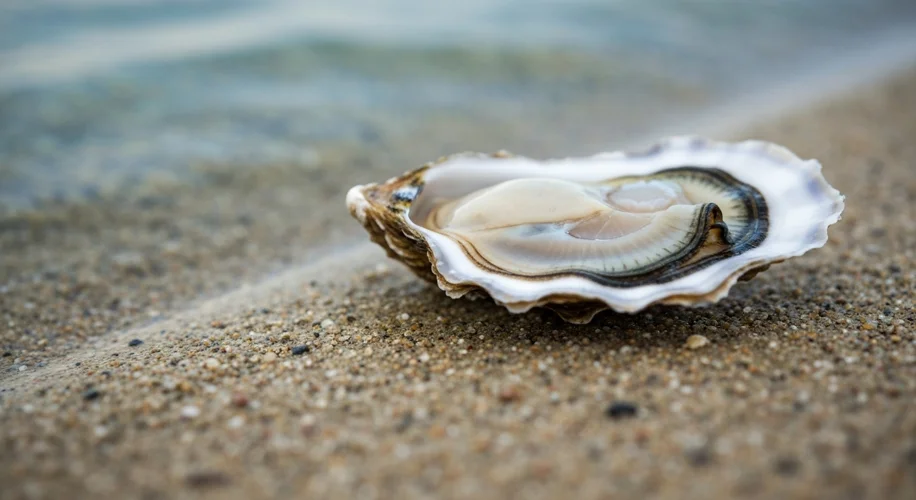It’s heartbreaking to hear about the recent loss in Mississippi, where a father passed away from what’s being described as a ‘flesh-eating’ bacteria. This kind of news really brings home how vulnerable we can be to microscopic threats we can’t even see.
The bacteria in question is Vibrio vulnificus. It’s a type of naturally occurring bacteria found in warm, coastal ocean waters. While it’s always been present, certain environmental factors can influence its prevalence and the risk it poses.
What is Vibrio Vulnificus?
Vibrio vulnificus belongs to the same family as the bacteria that cause cholera, but it’s a different species. The ‘flesh-eating’ moniker comes from its ability to cause severe wound infections. These infections can develop rapidly, leading to tissue death (necrosis) and, in the most severe cases, can be life-threatening. The bacteria can enter the body through open wounds that come into contact with contaminated water, or by consuming raw or undercooked seafood, especially oysters.
Who is Most at Risk?
While Vibrio vulnificus can cause illness in anyone, certain individuals are at a significantly higher risk of developing severe complications. People with weakened immune systems, such as those with liver disease, diabetes, cancer, or HIV, are particularly vulnerable. For these individuals, even a small exposure can lead to serious illness.
How Does it Spread?
- Through Wounds: If you have an open cut, scrape, or sore, and it comes into contact with seawater where Vibrio vulnificus is present, the bacteria can enter your bloodstream. This is why it’s crucial to cover any wounds before entering coastal waters, especially if you have underlying health conditions.
- By Eating Contaminated Seafood: Consuming raw or lightly cooked shellfish, particularly oysters harvested from warm coastal waters, is another common way people get infected. The bacteria concentrate in these shellfish.
Symptoms to Watch For:
Symptoms can appear quickly, sometimes within hours of exposure. They can include:
- Fever and chills
- Vomiting and diarrhea
- Abdominal pain
- Blisters and skin lesions (especially around a wound)
- A drop in blood pressure (septic shock)
If you experience these symptoms after swimming in or eating seafood from coastal waters, it’s important to seek medical attention immediately.
Prevention is Key:
Given that Vibrio vulnificus thrives in warm waters, awareness and simple precautions can make a big difference:
- Protect Wounds: If you have an open wound, avoid swimming or wading in warm coastal waters. If you do go in, cover wounds with a waterproof bandage.
- Cook Seafood Thoroughly: Always cook shellfish thoroughly. Don’t eat raw oysters or other raw shellfish.
- Clean Up: Wash your hands thoroughly with soap and water after handling raw shellfish.
- Be Mindful of the Water: If you have a weakened immune system or chronic liver disease, it’s best to avoid contact with seawater altogether.
While this bacteria can sound frightening, understanding how it works and taking the right precautions can help us enjoy our coastal environments safely. Our thoughts are with the family in Mississippi during this incredibly difficult time.

